Though primarily a kickboxer, Wasi Adeshina considers himself an all-around fighter. The Nigerian native has won four straight and eight of his last nine. He was victorious in his opening round bout in August, defeating…
Blog
-
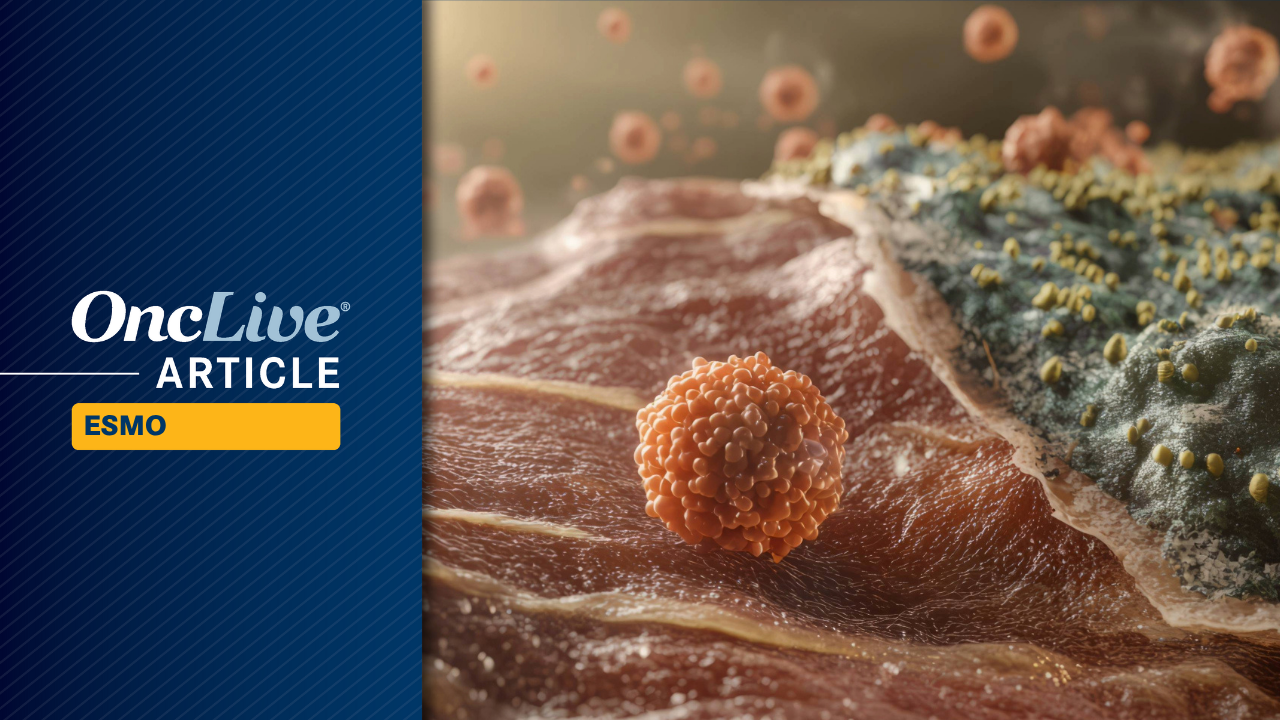
Rate of Second Primary Tumors Is Similar Between Adjuvant Cemiplimab and Placebo in High-Risk CSCC
Adjuvant treatment with cemiplimab-rwlc (Libtayo) was associated with a similar incidence of second primary tumors (SPTs) compared with placebo in patients with high-risk cutaneous squamous cell carcinoma (CSCC) following surgery and postoperative radiotherapy, according to findings from an analysis of the phase 3 C-POST trial (NCT03969004) presented at the
2025 ESMO Congress .1During the treatment period, the proportion of patients who developed at least one SPT was 11% in the cemiplimab arm (n = 209) compared with 12% in the placebo arm (n = 206); during the study’s follow-up period, these rates were 8% and 7%, respectively. During the treatment period, the cumulative number of SPTs was 32 with cemiplimab vs 82 for placebo, corresponding to annualized, adjusted annualized SPT rates of 1.23 (95% CI, 0.60-2.54) and 2.81 (95% CI, 1.23-6.45), respectively. In the follow-up period, 36 total SPTs occurred in the cemiplimab arm vs 41 in the placebo arm, and the annualized SPT rates were 0.72 (95% CI, 0.30-1.71) and 1.17 (95% CI, 0.40-3.49), respectively.
During the treatment period, 9% of patients in the cemiplimab arm had 1 SPT, 1% had 2 SPTs, less than 1% had 3 SPTs, 0% had 4 SPTs, less than 1% had 5 SPTs, and 0% had 6 or more SPTs. In the placebo arm, these rates were 8%, 2%, less than 1%, less than 1%, 0%, and 1%, respectively. Incidence was similar during the follow-up period, with 4% of patients in each arm experiencing 1 SPT and less than 1% of patients falling into the multiple SPT groups within each arm.
In a post hoc analysis incorporating the first occurrence of SPTs alongside disease-free survival (DFS) events (recurrence or death), efficacy continued to favor cemiplimab over placebo (HR, 0.43; 95% CI, 0.30-0.60). The median DFS in this analysis was not reached (NR; 95% CI, not evaluable [NE]-NE) in the cemiplimab group vs 21.7 months (95% CI, 12.9-39.2) in the placebo group. At 24 months, DFS rates were 81.1% with cemiplimab vs 59.1% with placebo, and this benefit was maintained over time, with rates of 73.4% vs 48.7% at 36 months and 68.4% vs 41.5% at 48 months, respectively.
“The lower number of SPTs in the cemiplimab arm appeared to be driven by a small number of patients with multiple SPTs observed in the placebo arm. The robust [DFS] efficacy signal with cemiplimab vs placebo was maintained in a post hoc analysis in which SPTs were included as [DFS] events,” Danny Rischin, MD, who serves as the director of Medical Oncology at the Peter MacCallum Cancer Centre in Melbourne, Australia, noted in the conclusion of his presentation. “These prospective, randomized data suggest that there may be a subset of patients who experience fewer SPTs with cemiplimab, although further investigation is required.”
What Was Established in the Primary Analysis of the C-POST Trial?
With a median follow-up of 24 months (range, 2-64), previously reported findings from the primary analysis showed that patients who received adjuvant cemiplimab after surgical resection and postoperative radiotherapy achieved a median DFS that was NR (95% CI, NE-NE) compared with 49.4 months (95% CI, 48.5-NE) among those treated with placebo (n = 206; HR, 0.32; 95% CI, 0.20-0.51; P < .001). The estimated 24-month DFS rates were 87.1% (and 64.1%, respectively.
Based on those findings, on October 8, 2025
the FDA approved cemiplimab for the adjuvant treatment of adult patients with CSCC at high risk of recurrence after surgery and radiation.2 Following this decision, the European Medicines Agency’s Committee for Medicinal Products for Human Use(CHMP) issued a positive opinion for the agent’s use in the same indication.3What Was the Design of the C-POST Trial and the Post Hoc Analysis?
The phase 3 C-POST trial is a randomized, double-blind, placebo-controlled study designed to evaluate adjuvant cemiplimab in patients with histologically confirmed CSCC who had undergone complete resection with curative intent and completed postoperative radiotherapy.1 Patients were required to have high-risk features, which included nodal extracapsular extension with at least one lymph node measuring 20 mm or more, or three or more involved lymph nodes; in-transit metastases; perineural invasion; T4 lesions; or recurrent CSCC with 1 or more additional high-risk characteristics.
Participants were randomly assigned 1:1 to receive cemiplimab or placebo. In part 1 of the study, patients received cemiplimab at 350 mg intravenously every 3 weeks for 12 weeks, followed by cemiplimab at 700 mg every 6 weeks for an additional 36 weeks. Those in the control group received matched placebo on the same schedule. Treatment continued until completion of the planned duration, disease recurrence, or unacceptable toxicity.
Patients who experienced recurrence after completing placebo treatment or after at least three months following cemiplimab completion were eligible to enter an optional open-label extension phase (part 2) to receive cemiplimab at 350 mg every 3 weeks for up to 96 weeks.
The primary end point of the trial was DFS. Key secondary end points include freedom from locoregional recurrence, freedom from distant recurrence, cumulative occurrence of second primary tumors, overall survival, and safety.
The median age of patients was 71.0 years (range, 33-87) in the cemiplimab group and 70.5 years (range, 36-95) in the placebo group. Most patients were 65 years of age or older, representing 73% and 68% of each respective arm. The majority of participants were male (83% in both arms) and White (90% vs 92%).
Geographically, 43% of patients in the cemiplimab arm and 44% in the placebo arm were enrolled from Australia or New Zealand, 18% and 15% were from North America, and 39% and 41% were from the rest of the world.
Most patients had resected high-risk tumors located in the head and neck region (79% in the cemiplimab group vs 86% in the placebo group), and 21% and 14% had non–head and neck tumors, respectively. Regarding risk classification, 60% of patients in the cemiplimab arm and 57% in the placebo arm were categorized as having nodal high-risk disease; 40% and 43%, respectively, had non-nodal high-risk features.
Disclosures: Rischin reported receiving institutional research funding from ALX Oncology, AstraZeneca, Bicara Therapeutics, Decibel Therapeutics, Erasca, Marck, and Regeneron Pharmaceuticals; and having uncompensated relationships with Eisai, GSK, Merck, and Regeneron Pharmaceuticals.
References
- Rischin D, Porceddu S, Day F, et al. Analysis of second primary CSCC tumors (SPTs) reported during the C-POST trial, a randomized phase 3 study of adjuvant cemiplimab vs placebo for high-risk CSCC. Presented at: 2025 ESMO Congress; October 17-21, 2025; Berlin, Germany. Abstract 1603MO.
- FDA approves cemiplimab-rwlc for adjuvant treatment of cutaneous squamous cell carcinoma. FDA. October 8, 2025. Accessed October 18, 2025. https://www.fda.gov/drugs/resources-information-approved-drugs/fda-approves-cemiplimab-rwlc-adjuvant-treatment-cutaneous-squamous-cell-carcinoma
- Libtayo (cemiplimab) recommended for EU approval by the CHMP for adjuvant treatment of cutaneous squamous cell carcinoma (CSCC) with a high risk of recurrence after surgery and radiation. News release. Regeneron. October 17, 2025. Accessed October 18, 2025. https://investor.regeneron.com/news-releases/news-release-details/libtayor-cemiplimab-recommended-eu-approval-chmp-adjuvant
Continue Reading
-

Giant review – Prince Naseem biopic with Pierce Brosnan on hand misses the punch | Biopics
There’s a really good cast here, in a movie with a real-life story to tell: how Irish boxing trainer Brendan Ingle mentored a cheeky Sheffield kid from migrant Yemeni parents, “Prince” Naseem Hamed, teaching him to stand up to racist…
Continue Reading
-

Viktor Axelsen left feeling home sick after defeat by Shi Yu Qi, while Olympic champion An Seyoung advances to final
Despite home support, it was a step too far for Victor Axelsen as he bowed out of the BWF Denmark Open, beaten by world No.1 Shi Yu Qi 21-19, 17-21, 21-17 in the men’s singles semi-finals in Odense on Saturday (18 October).
Shi, of the People’s…
Continue Reading
-
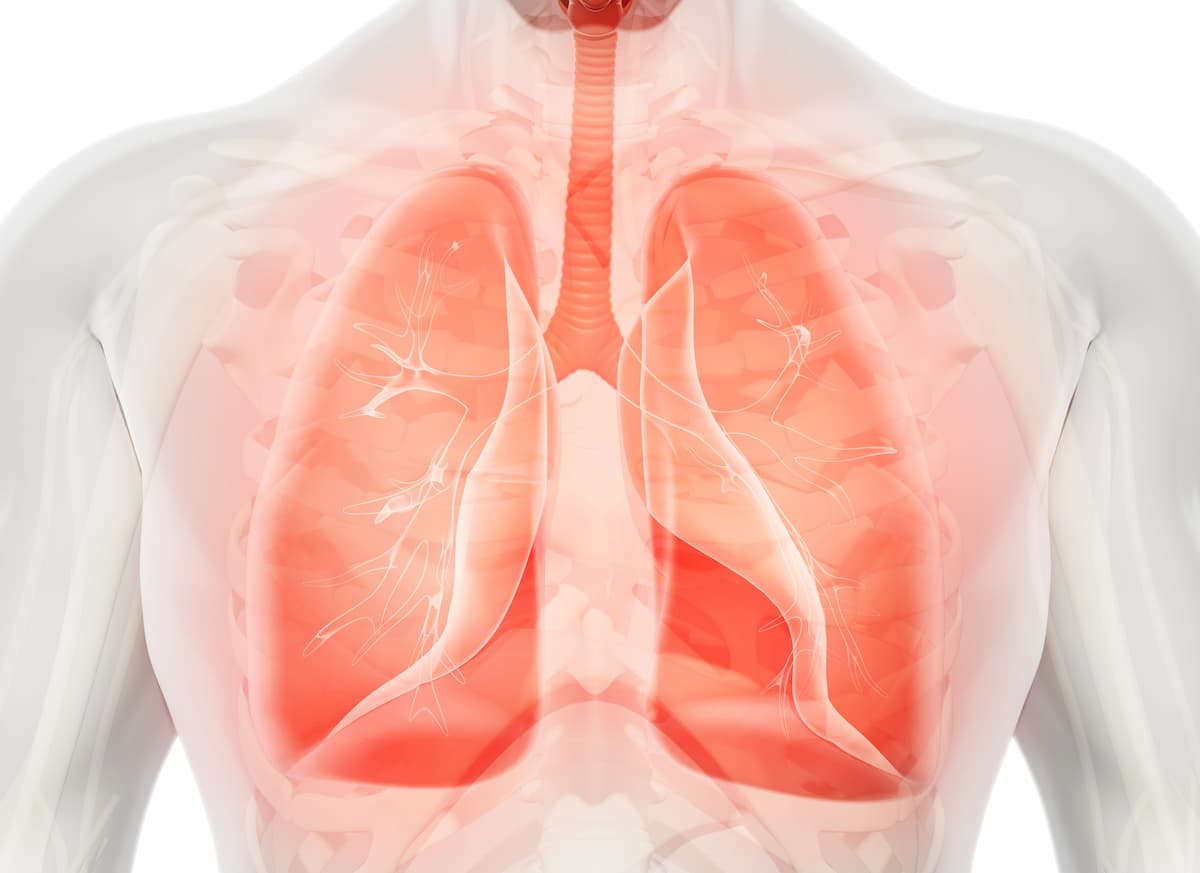
Tarlatamab Improves Survival Vs Chemotherapy in Second-Line SCLC Subgroups
Treatment with tarlatamab-dlle (Imdelltra) improved overall survival (OS) vs chemotherapy among patients with small cell lung cancer (SCLC) regardless of chemotherapy-free intervals (CFIs) or prior receipt of anti–PD-(L)1 therapy, according to data from the phase 3 DeLLphi-304 trial (NCT05740566) presented at the
European Society for Medical Oncology (ESMO) Congress 2025 .1The median OS was 10.9 months in the tarlatamab arm vs 6.4 months in the chemotherapy arm among patients with a CFI of less than 90 days (HR, 0.60; 95% CI, 0.43-0.84). The 12-month OS rates in this population were 40% vs 24% with tarlatamab and chemotherapy, respectively.
Among patients with a CFI of 90 days or longer, the median OS was 17.1 months compared with 10.6 months in each arm, with respective 12-month OS rates of 64% and 48% (HR, 0.65; 95% CI, 0.45-0.93). Regarding patients with disease progression within 2 weeks of their most recent platinum-containing treatment, the Kaplan-Meier estimated 6-month OS rates were 55% with tarlatamab and 35% with chemotherapy.
Among patients with prior receipt of anti–PD-(L)1 agents, the median OS was 14.1 months in the tarlatamab arm and 8.3 months in the chemotherapy arm; the respective 12-month OS rates were 53% vs 36% (HR, 0.61; 95% CI, 0.45-0.82). In the group of patients without prior anti–PD-(L)1 therapy, the median OS was 13.6 months vs 8.3 months, and the 12-month OS rates were 53% vs 40% (HR, 0.65; 95% CI, 0.42-1.03). Overall, data showed that prior exposure to anti–PD-(L)1 agents did not affect OS benefits with tarlatamab vs chemotherapy.
“In the second line, standard chemotherapies have demonstrated modest survival benefits, especially [in] those patients with platinum-resistant disease, [who] often have a poor prognosis. DeLLphi-304 is the first randomized phase 3 trial to demonstrate superior OS with tarlatamab compared with standard chemotherapy. Importantly, this survival benefit extended to patients with platinum-resistant disease,” presenting author Pedro F. Simoes da Rocha, MD, PhD, of Vall d’Hebron University Hospital and Vall d’Hebron Institute of Oncology in Barcelona, Spain, stated in the presentation.1 “These findings reinforce the use of tarlatamab as a standard of care in second-line SCLC, including those patients with worse prognosis, such as [those] with platinum-resistant disease.”
In the randomized DeLLphi-304 trial, 509 patients were assigned 1:1 to receive tarlatamab (n = 254) or investigator’s choice of chemotherapy (n = 255), which included options of topotecan (n = 185), lurbinectedin (Zepzelca; n = 47), and amrubicin (n = 23). Investigators stratified patients by prior receipt of anti–PD-(L)1 agents, CFI interval, presence of brain metastases, and intended chemotherapy.
The trial’s primary end point was OS. Secondary end points included progression-free survival, patient-reported outcomes, objective response rate, and safety.
Patients with histologically or cytologically confirmed SCLC, disease progression following frontline platinum-based chemotherapy with or without anti–PD-(L)1 therapy, and an ECOG performance status of 0 or 1 were eligible for enrollment on the trial. Those with asymptomatic, treated, or untreated brain metastases were able to enroll.
In the tarlatamab and chemotherapy arms, respectively, 43% and 45% of patients had a CFI of less than 90 days, and 57% and 55% had a CFI of 90 days or longer. Additionally, 71% of patients in both arms had prior receipt of anti–PD-(L)1 therapy, while 29% from both arms did not. Investigators noted that subgroup baseline characteristics appeared to be balanced between treatment arms.
Across the different CFI and anti–PD-(L)1 subgroups, rates of grade 3 or higher treatment-related adverse effects (AEs) ranged from 24% to 30% in the tarlatamab arm and 58% to 69% in the chemotherapy arm. Any-grade events of cytokine release syndrome (CRS) occurred in 51% to 59% of patients who received tarlatamab across various subgroups, and subgroup status did not impact the risk of CRS.
Previously, the
FDA granted accelerated approval to tarlatamab as a treatment for patients with extensive-stage SCLC following progression on prior platinum-based chemotherapy in May 2024.2 Supporting data for this indication came from the phase 2 DELLphi-301 trial (NCT05060016).References
- Rocha P, Sun L, Cho BC, et al. Tarlatamab as second-line (2L) treatment for small cell lung cancer (SCLC): Outcomes by chemotherapy-free interval (CFI) and prior PD-(L)1 inhibitor use in the phase 3 DeLLphi-304 trial. Presented at the European Society for Medical Oncology (ESMO) Congress 2025; October 17-21, 2025; Berlin, Germany. LBA101.
- FDA grants accelerated approval to tarlatamab-dlle for extensive stage small cell lung cancer. News release. FDA. May 16, 2024. Accessed October 18, 2024. https://tinyurl.com/48k34rw5
Continue Reading
-

Rare black hole-star merger creates the longest gamma-ray burst ever
When space telescopes blazed with high-energy radiation for hours earlier this year, astronomers suspected that they were witnessing something special. The cosmic flash GRB 250702B was no run-of-the-mill gamma-ray burst—it was the…
Continue Reading
-
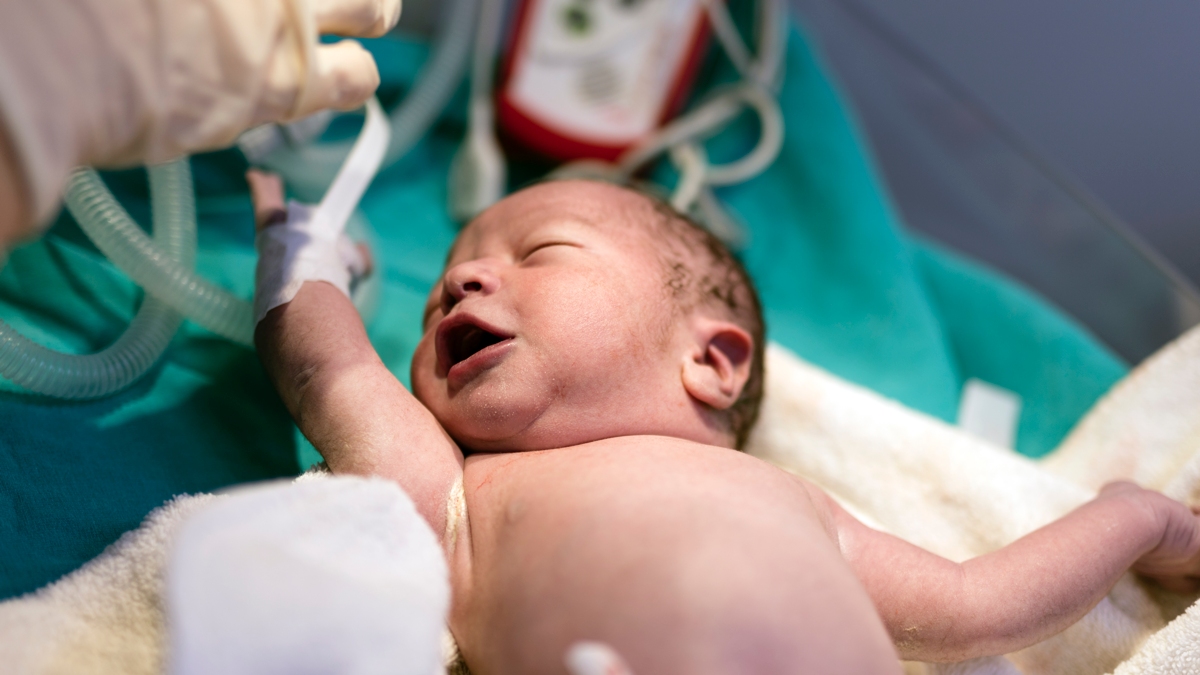
Rare New Form of Diabetes Is Unique to Babies, Scientists Report : ScienceAlert
Scientists have identified a single gene that gives rise to a rare form of diabetes, unique to newborn babies. Mutations of this gene can disable and ultimately kill off insulin-producing cells.
The new discovery reveals that the pancreas’s…
Continue Reading
-
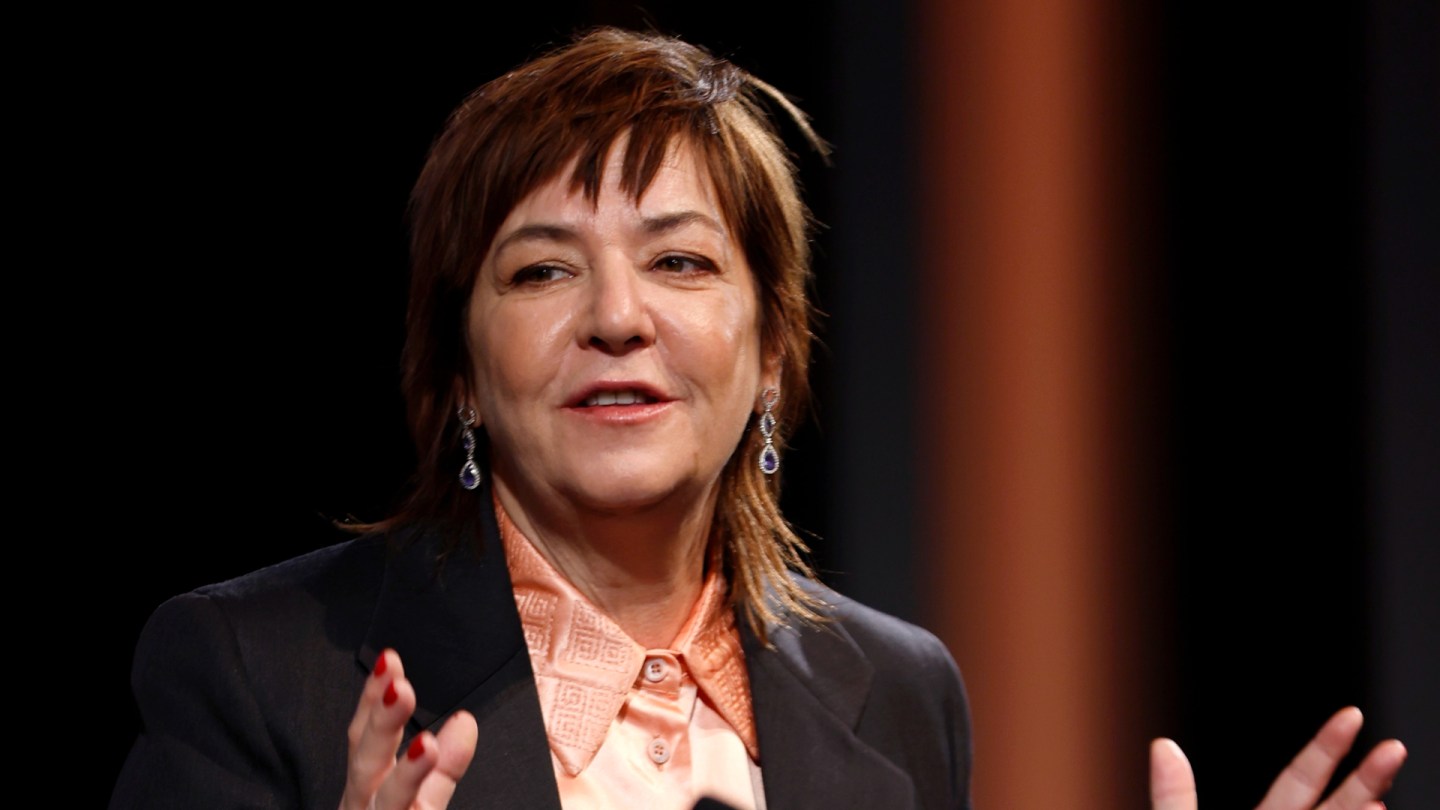
Lynne Ramsay Recalls Working With ‘Totally Terrifying’ Joaquin Phoenix
Die, My Love director Lynne Ramsay was hosted by the BFI London Film Festival on Saturday and reflected on filming with A-list stars Joaquin Phoenix, Jennifer Lawrence and Robert Pattinson.
The Scot’s latest feature — following…
Continue Reading
-

Ilia Malinin blasts off into new season with short program lead in Angers
Reigning world champion Ilia Malinin started off the 2025-26 figure skating Grand Prix season the same way he finished the last one – on top.
Even without his usual blitz of quads, the USA skater easily took the lead in the men’s short…
Continue Reading
-
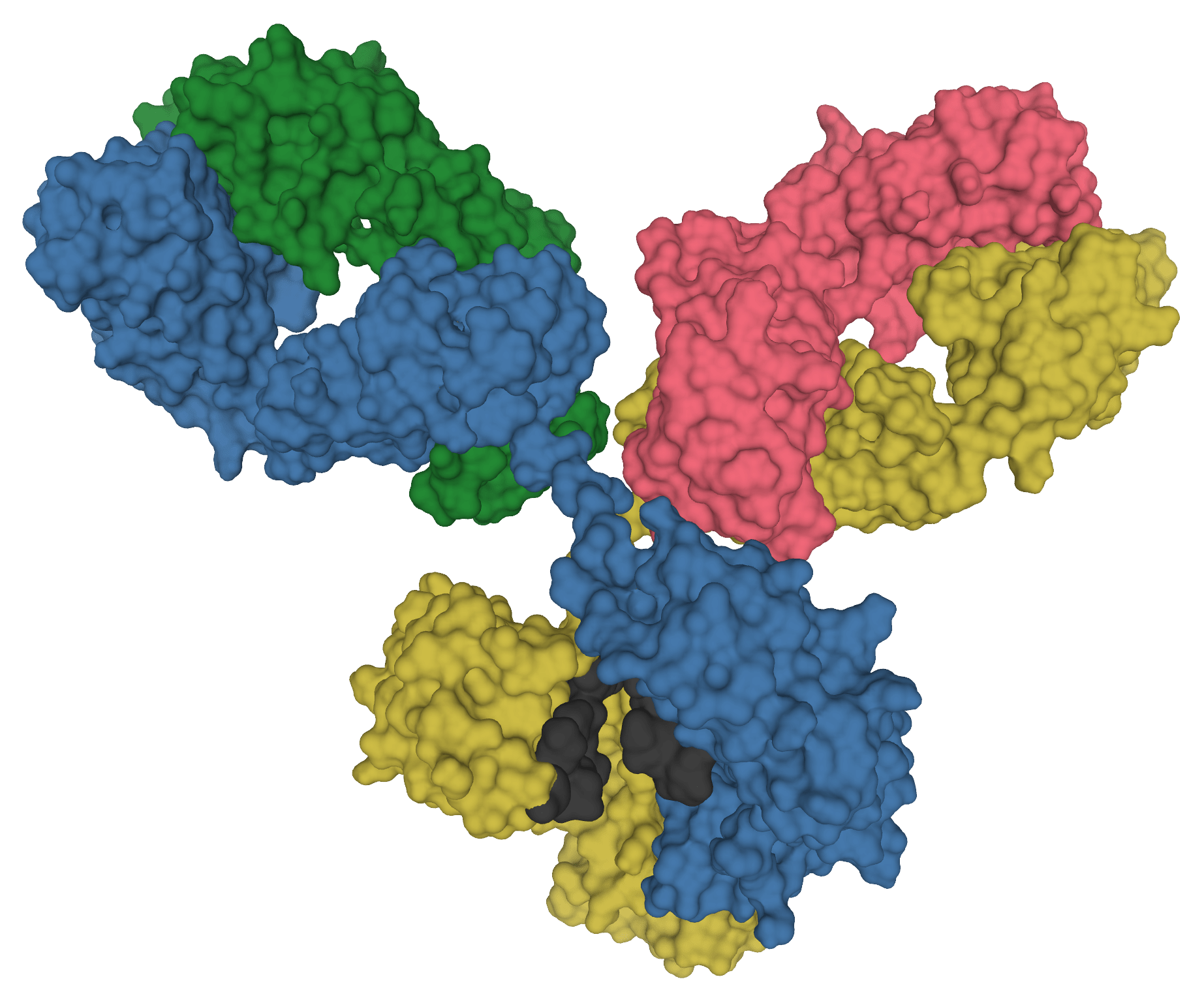
Investigational HIV bNAb N6LS shown safe, tolerable in Phase 2b trial
Researchers have posted good results showing favorable tolerability, few infusion site reactions (ISRs), and no serious drug-related adverse events (AEs) of the phase 2b trial of the investigational ultra–long-acting broadly neutralizing…
Continue Reading
